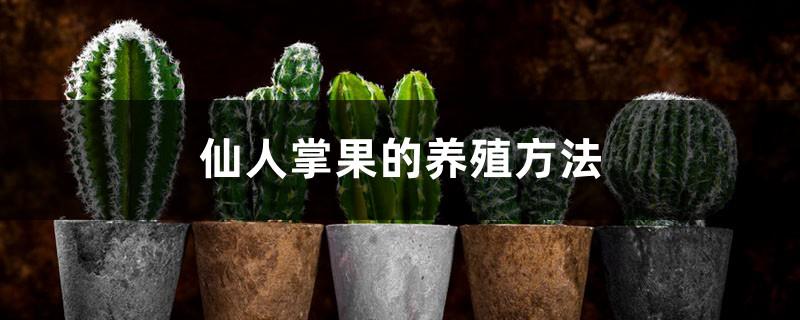Cactus fruit cultivation methods and precautions
Last Update :2024.04.23
Article Catalog
Soil: When cultivating, it is best to use neutral or acidic sandy loam, and the land must be plowed deeply before planting. Moisture: Water according to precipitation. Water when the soil is too dry. If the soil is moist, do not add water at first. Fertilizer: When fertilizing, organic fertilizer is mainly used, and phosphate fertilizer can also be used. Temperature: The optimal growth temperature is 28-32°C. Cooling is required in summer and warmth is required in winter.

1. Soil
1. Soil
To cultivate cactus fruit, you must first consider choosing sandy loam soil. You should choose soil with a lot of organic matter and leaf decay, and a neutral or acidic pH. The soil quality must have good drainage properties. If planting on a slope, choose a sunny slope. After selecting the planting site, deep plowing should be carried out first, which will be more beneficial to its growth.
2. Moisture
Because it is very afraid of water, watering should be done according to the rainfall in the environment. Build a drainage ditch in advance where the cactus fruit is planted to prevent excess water from being drained out, thereby hindering its growth. Water when the soil is too dry. If the soil is moist, do not add water yet.
3. Fertilizer
If you want to increase yield and quality, you must be willing to apply fertilizer. Fertilization is mainly divided into the first pass of fertilizer and the second pass of follow-up fertilizer. Fertilization requires organic fertilizers to be completely decomposed, mainly organic fertilizers, supplemented by phosphate fertilizers, and compound fertilizers can be applied.
4. Temperature
The most suitable growth temperature is 28~32℃. The temperature should not be too low, which will cause growth to stop or death. When the temperature is high in summer, it can be reduced through ventilation, while in winter, artificial measures to keep warm are required.
2. Moisture
3. Fertilizer
4. Temperature
- END -
China's eight major pepper varieties

China's eight major pepper varieties include line pepper, Yunnan millet pepper, Ch...
Introduction to succulents

Succulents can be divided into four major categories according to their water stor...